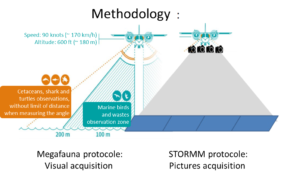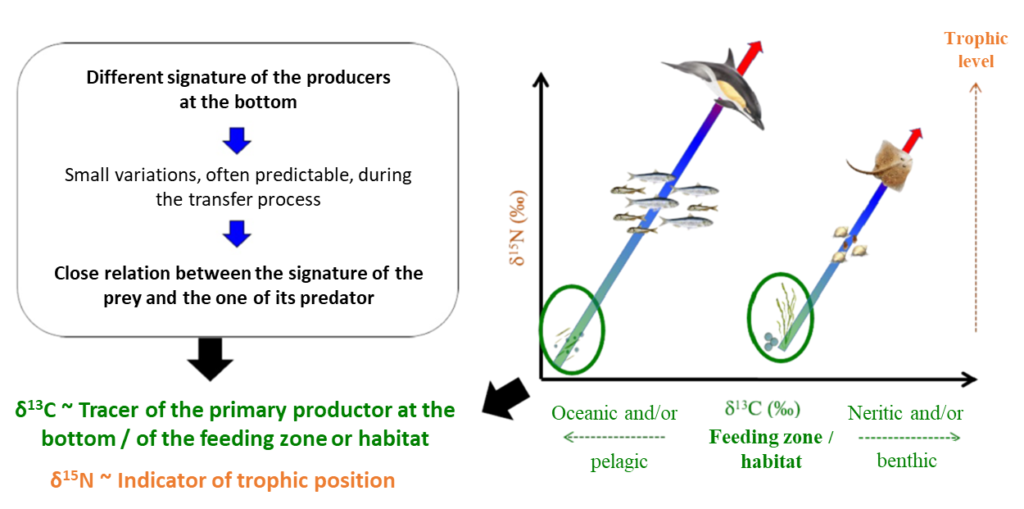The challenge of this WP is to provide new knowledge on dolphins aspects that can lead to accidental captures, and essential knowledge for management of common dolphin population(s) affected by captures in the Bay of Biscay. The first step will be to characterize the population(s) of common dolphins frequenting the Bay of Biscay and the coastal-offshore structuring of this (these) population(s), and to (re)define the possible management units of the species in the northeast Atlantic. In parallel, several aspects of the ecology of dolphins that can have a major influence on the risk of capture will be caracterized: the state of health of individuals (mainly addressed via their levels of contamination), their spatial distribution and their movements at fine scales, and their food ecology. To perform the various analyzes (genetic and ecological tracers, contaminants, trophic analyses, etc.), samples from stranded dolphins and corresponding to individuals captured on the continental shelf will be selected, and biopsies carried out on common dolphins during the DelGOST campaign to provide samples of dolphins from the oceanic zone, a priori unaffected by captures. New genetic tools such as environmental DNA will be used to obtain additional information on population structure from non-invasive samples. This WP1 is divided into 4 tasks:



